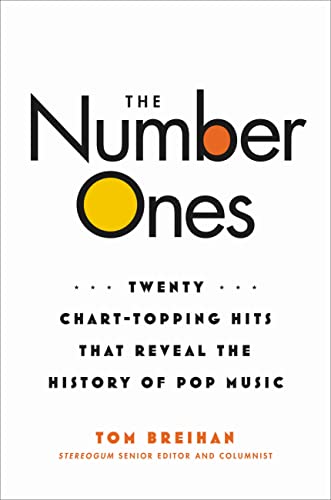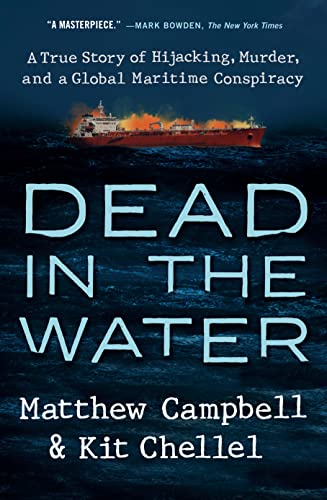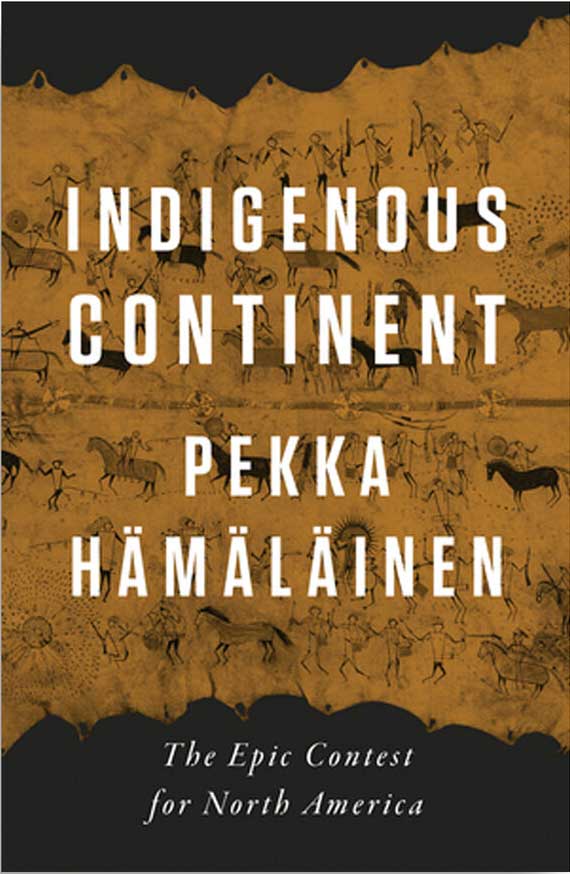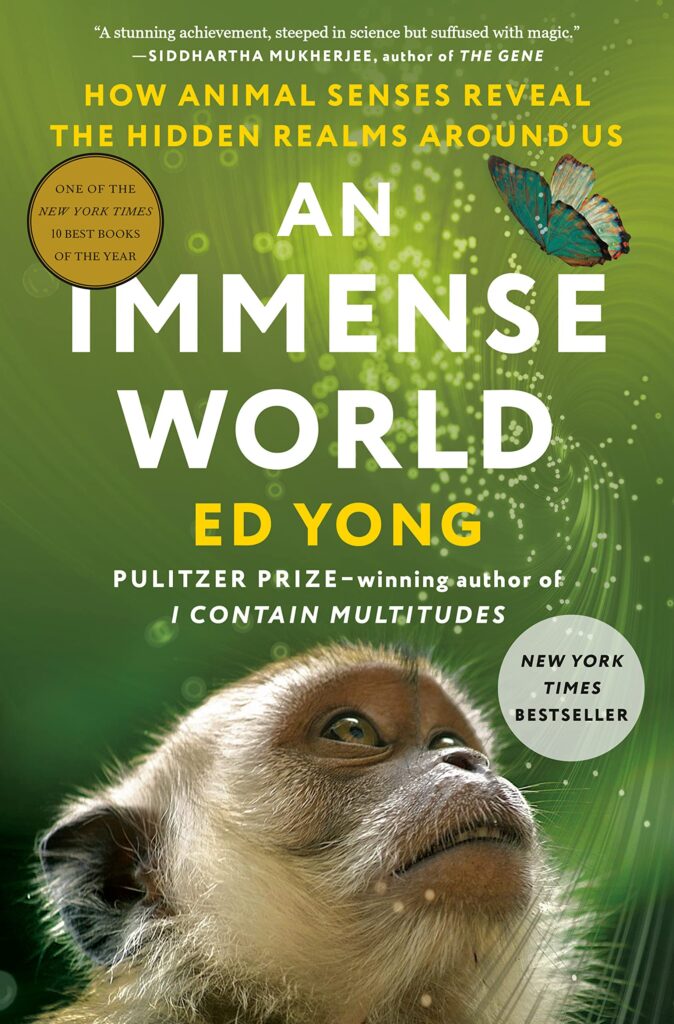-
-
-
![Michael Rosen]()
-
CIO Insights are written by Angeles' CIO Michael Rosen
Michael has more than 35 years experience as an institutional portfolio manager, investment strategist, trader and academic.
RSS: CIO Blog | All Media
Beach Reading
Published: 06-20-2023
Most of you know that I don’t favor romance novels for reading on the beach (or anywhere else, for that matter, although that’s not a judgment about people who like them!), and I apologize that this list is heavy on nonfiction, which is strictly a function of what I’ve been reading the past few months. But some of these books are as thrilling as any Tom Clancy or Dan Brown novel, and I hope you’ll enjoy them.

The Number Ones, Tom Breihan
Breihan edits the musical blog, Stereogum, and has looked at the thousands of songs that reached number one on the Billboard charts. There are some surprising omissions: Bill Haley’s Rock Around the Clock preceded the publication of the Billboard 100, so it was not included. Bob Dylan, Led Zeppelin and Bruce Springsteen never had a number one hit (Blowin’ in the Wind was taken to number one in 1963 by Peter, Paul and Mary and Mr. Tambourine Man to number one by The Byrds in 1965; Zeppelin’s Whole Lotta Love peaked at number four in 1969; Springsteen’s highest was Dancing in the Dark, at number two in 1984). Breihan has selected 20 number one hits that were not necessarily the “best” or highest selling, but were, in his opinion, the most important for changing the direction of popular music. Chubby Checker’s The Twist in 1960 started popular music’s dance craze, Vision of Love from 1990 began the juggernaut that was Mariah Carey, Buy U a Drank performed by Shawty Snappin’ in 2007 introduced composer T-Pain’s use of Auto-Tune software that revolutionized (or destroyed, depending on your view) popular music. This is a fun journey through popular music of the past 60 or so years.

Dead in the Water, Matthew Campbell & Kit Chellel
The oil tanker Brillante Virtuoso was attacked by pirates off the Yemeni coast in 2011. Or was it? This book is a superb piece of investigative journalism, a fast-paced thriller with unpredictable twists and turns. That alone makes this book so enjoyable. But the authors, journalists at Bloomberg, have written more than a thriller: they provide an education in both the centrality of maritime shipping in the global economy and the role the insurance market plays in this landscape (or seascape in this case). The many and varied personalities in this incident are brought to life, and the final outcome may surprise and dismay you. This is a brilliant piece of reporting and an engrossing read.

A Fever in the Heartland, Timothy Egan
We associate the Ku Klux Klan with the American South, but surprisingly, its largest membership was found in the Midwest, Indiana in particular. This was due to the organizational skills of a gifted scam artist, D. C. Stephenson. Egan traces the origins of the K.K.K., from the ashes of the Civil War, its eradication during Reconstruction, to its resurrection in the early 20th century (stoked by D.W. Griffith’s Birth of a Nation). The perverse prejudices and atrocities committed by the Klan are well-documented here, but the truly astonishing fact is how widespread its appeal was. Political leaders at all levels of government were Klansmen, and the Klan controlled wide swaths of society. Stephenson is the book’s focal point, and his downfall, not at all a certainty, signaled the gradual demise of the Klan. This is a fascinating story in itself, told in fluid and riveting prose. But the truly profound impact is how pervasive such hatred was throughout society, and how that well of hatred never really ran dry, it is being tapped today. James Baldwin wrote that “history is not the past, it is the present.” Nothing validates that more than this important book.

Wild New World, Dan Flores
The scope, diversity, the magnificence of the animals that inhabited North America are on full display in this broad history. Mammoths, tigers, horses, camels, rodents the size of dogs, all roamed the continent. This remarkable menagerie is full of wonder. But it is also a tale of the irreversible loss of species, from the colorful Carolina parakeet to the billions of passenger pigeons and many more. Sober and sad, but also spectacular in describing what was once.

Indigenous Continent, Pekka Hamalainen
At the end of the 15th century, Europeans “discovered” a new world, a virgin land sparsely inhabited by a primitive indigenous people, destined to be swept aside by the superior technology and enlightened moral basis (at least, or especially, in the eyes of the Catholic Spaniards) of their European conquerors. Pekka Hamalainen, a Finnish professor at Oxford, is one of the leading historians of indigenous North America, and he shows us how this narrative is simplistic, incomplete and erroneous. He describes in detailed but fluid prose the highly developed civilizations that existed well before European contact, and the very successful methods that delayed, halted or reversed the European conquest of the continent, which took 400 years to complete. Nothing can diminish the tragedy that befell the indigenous people of America, but this is history that will change and enrich your view of that struggle.

The Blazing World, Jonathan Healy
If pressed, a few of us might be able to cite some notable events that took place in 17th century England: perhaps we recall that the Pilgrims departed for Massachusetts, and maybe someone named Oliver Cromwell was briefly in charge of England. But Healy brings the events to life, provides the context, and makes a strong case for just how revolutionary an era it was that paved the way for both the American Revolution in the following century and the development of modern Great Britain. Healy writes with an energy and accessibility not usually associated with the Oxford don that he is. 17th century England was a momentous period, largely ignored or misunderstood, and there is no better introduction to it than here.

An Immense World, Ed Yong
Every dog-owner knows that dogs experience the world through their noses, sniffing at odors that we cannot detect. Eagles are, well, eagle-eyed. We all learned that birds navigate by the Earth’s magnetic field and that bats utilize echolocation to catch moths (although we may not have learned that moths can sense that bat’s sonar signal and jam it by emitting false clicks). We probably did not know that a crocodile’s face is as sensitive to touch as our fingertips, or that there is a tree frog embryo that can detect a nearby predator and release an enzyme that dissolves its casing and allow escape. Part of the joy of this book is learning about the extraordinary (to us) sensory examples throughout nature. The bigger message is that the way each species experiences the world is equally valid and should be respected as we disrupt the abilities of some species to coexist with our own comforts. Let’s dim the artificial lights that disturb the path of sea turtle hatchlings or songbird navigation. And let’s give our dogs a few extra seconds to sniff the grass before pulling them away in our hurry.
Fiction

The Incredible Events in Women’s Cell 3, Kira Yarmysh
Anya is a student hoping to enter the diplomatic service when she attends an anti-corruption rally in Moscow and is thrown into jail. She shares a cell with five other women, all in for petty crimes. Conditions are pretty good, the guards respectful, so this is an unusual prison novel. Anya’s interactions with her cellmates, the bond that develops among them, and Anya’s unraveling mental state are all at the core of the novel. There are flashbacks and references to the political freedoms lacking in Putin’s Russia, appropriate for the author who is Alexey Navalny’s press secretary, but this is less a political novel than a personal journey that we are allowed to accompany.
Print this ArticleRelated Articles
-
![How The Mighty Fall]() 11 Nov, 2014
11 Nov, 2014How The Mighty Fall
Between March 2000 and October 2002, the NASDAQ Index fell 75%, from over 5,000 to under 1,300. Of course, valuations ...
-
![Patricia]() 23 Oct, 2015
23 Oct, 2015Patricia
It's another beautiful day in Santa Monica: blue skies, a few high wisps of stratus clouds. But 1500 miles south of here ...
-
![Erin Go Bragh!]() 17 Mar, 2015
17 Mar, 2015Erin Go Bragh!
In honor of St. Patrick, I thought I'd share this (mostly) green chart with you, showing the DJIA over the past 115 ...
-




